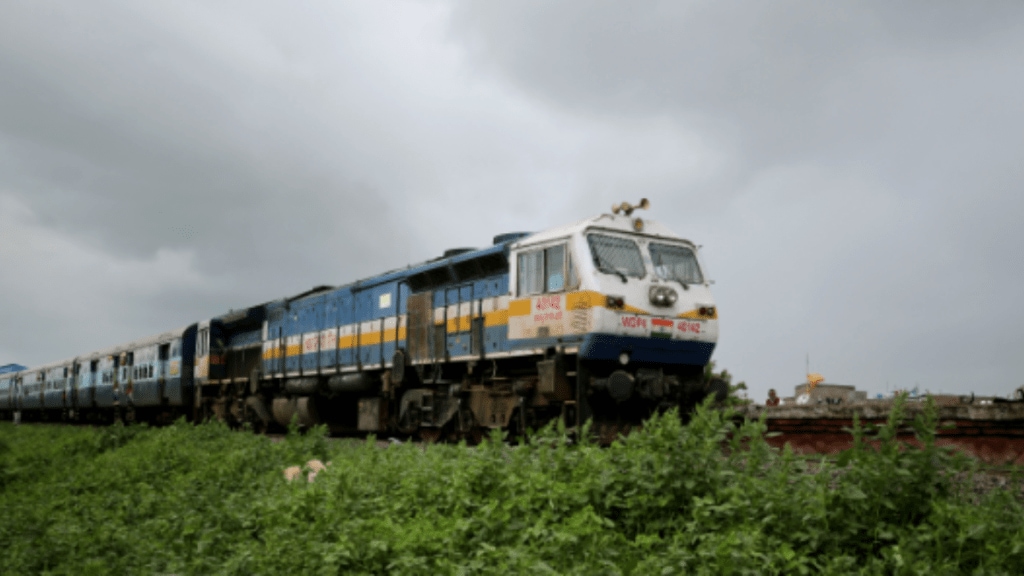In a major breakthrough for the Khurda Road-Balangir rail line project, the Commissioner of Railway Safety (CRS) has approved the commissioning of the 16.2-km stretch between Jharmunda and Boudh stations. This development marks a critical step in improving connectivity to the interior parts of Odisha, a region that has long awaited better transportation options.
Officials confirmed that construction work is progressing swiftly on the adjoining sections. The 13.7-km Boudh-Champapur and 13.4-km Champapur-Purunakatak stretches are under full construction, with efforts being made to speed up completion by working from both ends of the rail line simultaneously.
The Khurda Road-Balangir rail line, when completed, will span 301 km, with 199 km already commissioned. A further 27 km from Boudh to Purunakatak is nearing completion, while the final 75 km stretch from Purunakatak to Daspalla is well underway despite the challenges posed by the terrain. This section, passing through dense jungles and difficult landscapes, includes multiple tunnels, making it a highly technical and demanding phase of the project.
The rail line is expected to be a significant driver of economic development for Odisha’s remote areas. By improving transportation access, it will facilitate better mobility for people and goods, thus contributing to the region’s economic growth. The project has already overcome significant engineering hurdles, especially in constructing tunnels through rugged terrain, and continues to make impressive strides toward completion.
Following a successful safety inspection of the Jharmunda-Boudh section, the CRS has given approval for train operations. However, full train services will begin only after additional infrastructural work and passenger amenities are completed. A light engine trial run has already been conducted, ensuring the stretch is ready for future operations.
Once fully operational, the Khurda Road-Balangir rail line is expected to transform the transportation landscape in Odisha, enhancing connectivity, boosting trade, and providing a much-needed transportation link for the state’s underserved areas.

